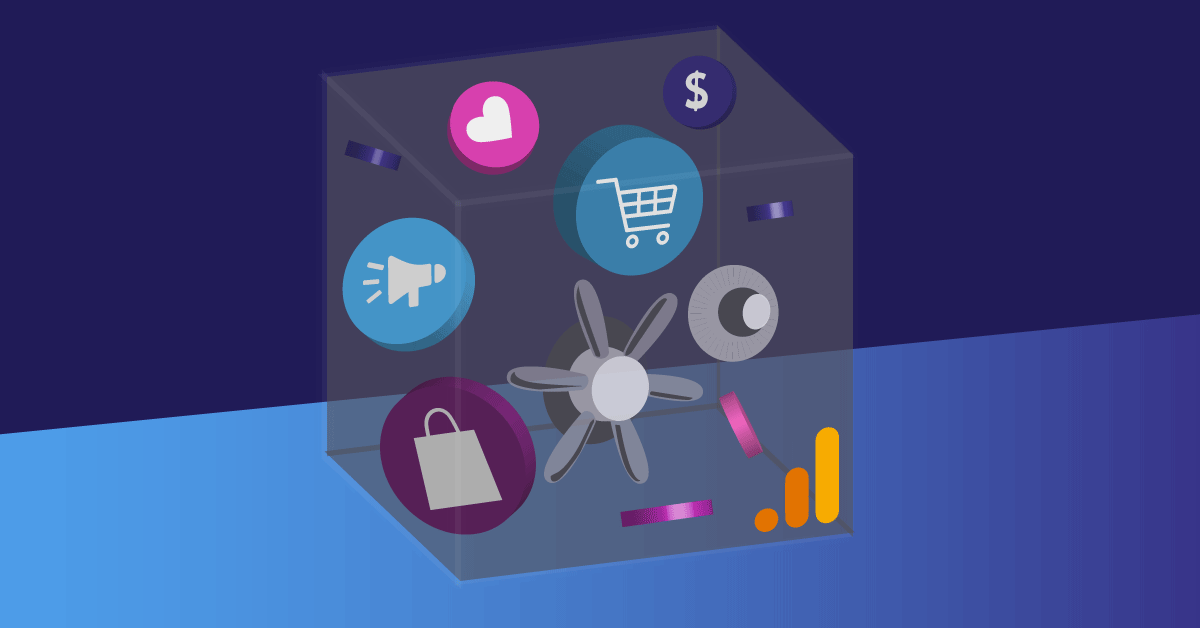Expert's Sight: What Data Does Google Analytics Prohibit Collecting?
Grasping the Art of Conquering Information Collection Limitations in Google Analytics for Better Decision-Making
In the realm of digital analytics, the capability to essence purposeful insights from information is vital for notified decision-making. By employing sophisticated strategies and strategic techniques, companies can raise their data top quality, unlock hidden understandings, and pave the method for even more effective and enlightened choices.
Data Top Quality Evaluation
Information quality analysis entails reviewing different elements such as accuracy, completeness, uniformity, and timeliness of the data. One vital element to consider is information precision, which refers to how well the data shows the real values of the metrics being determined.
Efficiency of information is another vital aspect in evaluating information high quality. Uniformity checks are additionally essential in information quality evaluation to determine any kind of disparities or abnormalities within the information collection. By focusing on information top quality assessment in Google Analytics, organizations can enhance the dependability of their analytics records and make even more educated decisions based on exact insights.
Advanced Monitoring Techniques
Utilizing advanced monitoring methods in Google Analytics can dramatically improve the deepness and granularity of information collected for more thorough analysis and insights. One such strategy is occasion monitoring, which enables the monitoring of particular communications on a site, like click buttons, downloads of data, or video sights. By applying event monitoring, businesses can get a much deeper understanding of individual habits and engagement with their on the internet web content.
Additionally, custom-made measurements and metrics offer a method to customize Google Analytics to specific service demands. Customized measurements enable the development of brand-new data factors, such as user duties or customer sections, while personalized metrics enable the tracking of special efficiency indicators, like income per customer or typical order worth.
Additionally, the use of Google Tag Supervisor can simplify the implementation of tracking codes and tags throughout a website, making it much easier to manage and deploy innovative tracking setups. By taking advantage of these advanced monitoring methods, organizations can open beneficial understandings and optimize their on the internet strategies for better decision-making.
Custom-made Measurement Application
To boost the depth of information gathered in Google Analytics beyond sophisticated monitoring strategies like event monitoring, organizations can implement custom measurements for more tailored insights. Customized dimensions permit businesses to define and gather certain information points that pertain to their one-of-a-kind goals and goals (What Data Does Google Analytics Prohibit Collecting?). By designating customized measurements to various components on a site, such as customer communications, demographics, or session information, businesses can obtain an extra granular understanding of just how users engage with their online residential or commercial properties

Acknowledgment Modeling Strategies
By using the right attribution design, services can precisely connect conversions to the proper touchpoints along the consumer trip. One usual attribution design is the Last Communication design, which provides credit for a conversion to the last touchpoint a user connected with prior to converting.

Data Experiencing Avoidance
When dealing with big volumes of information in Google Analytics, conquering data tasting is crucial to make sure accurate insights are acquired for informed decision-making. Information sampling takes place when Google Analytics approximates patterns in data instead than analyzing the total dataset, possibly leading to skewed results. By taking these aggressive steps to lessen information sampling, businesses can draw out extra precise insights from Google Analytics, leading to better decision-making and enhanced total performance.
Final Thought
To conclude, understanding the art of conquering information collection limitations in Google Analytics is crucial for making notified choices. By conducting a comprehensive data top quality look what i found assessment, applying innovative monitoring techniques, utilizing custom measurements, employing attribution modeling approaches, and avoiding data sampling, businesses can make certain that they have precise and reliable data to base their decisions on. This will inevitably bring about more efficient methods and far better end results for the company.
